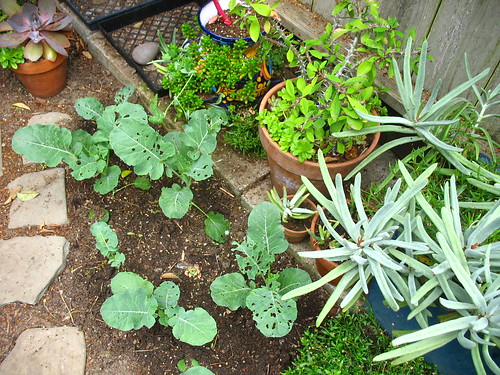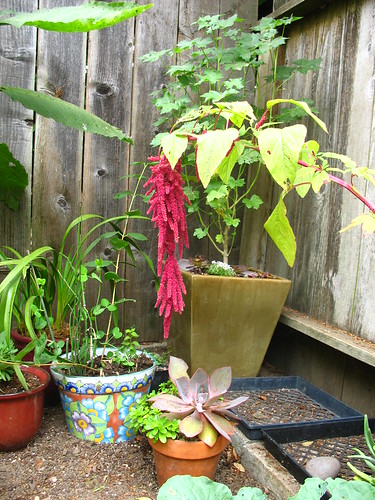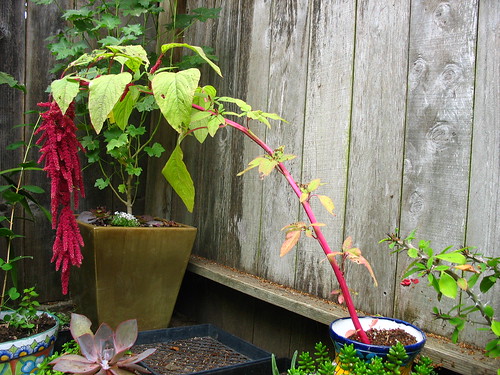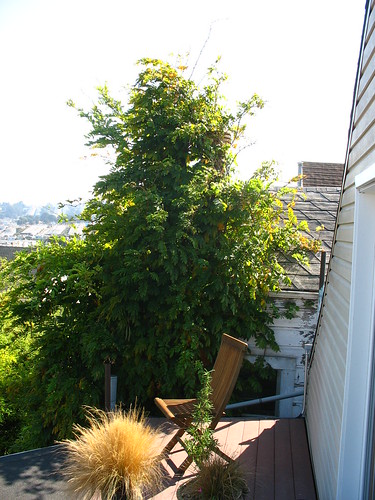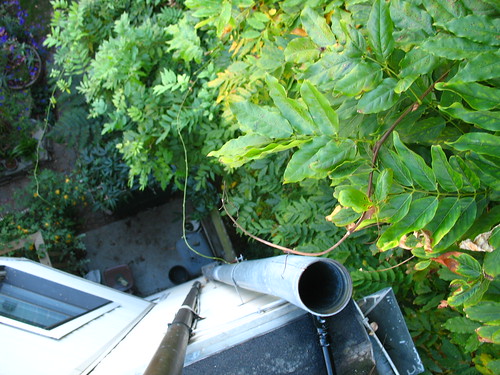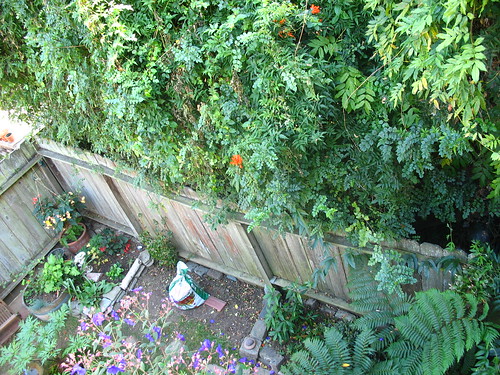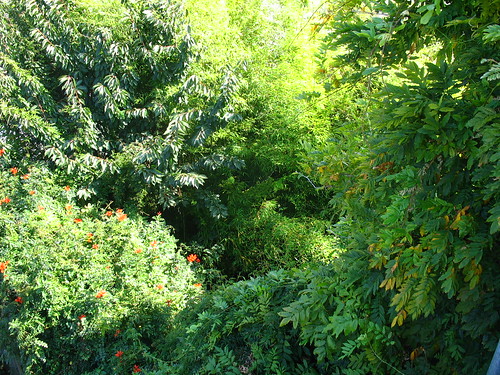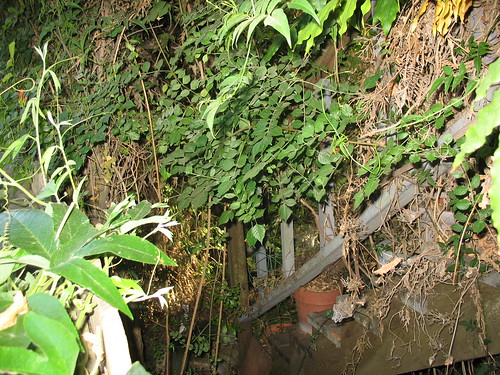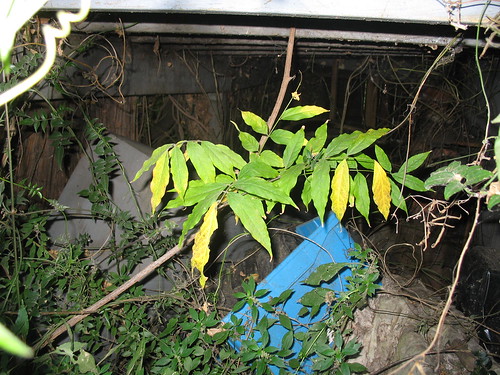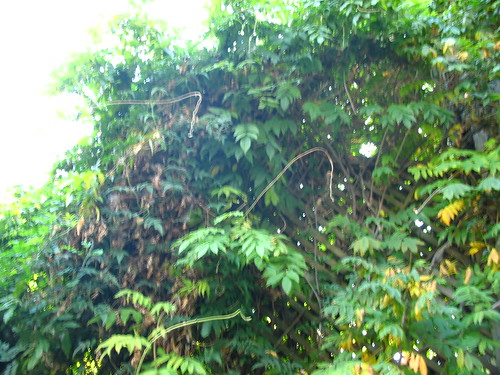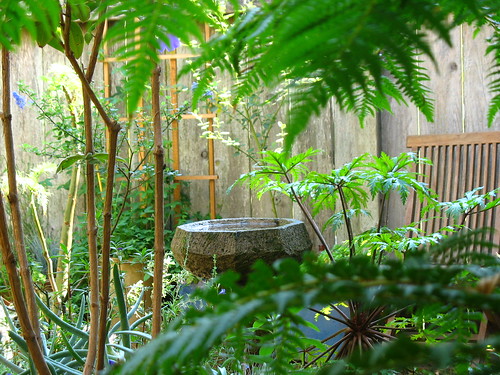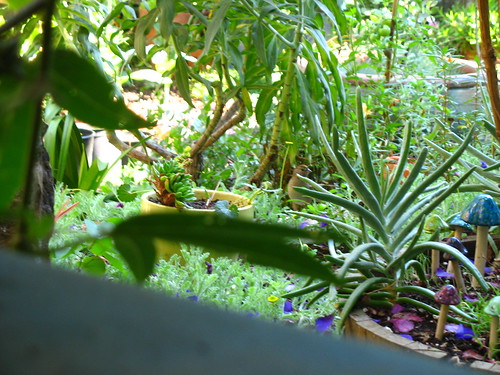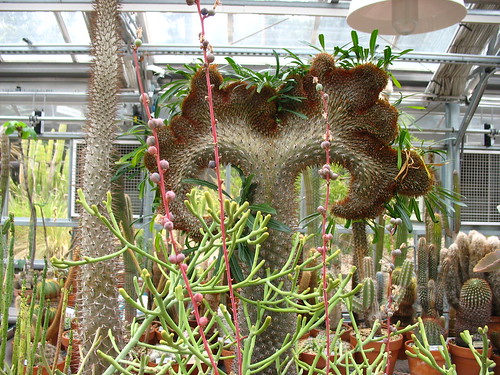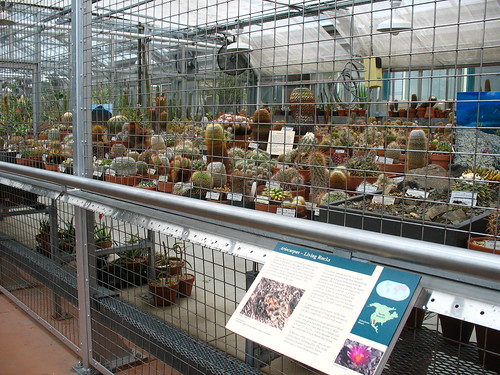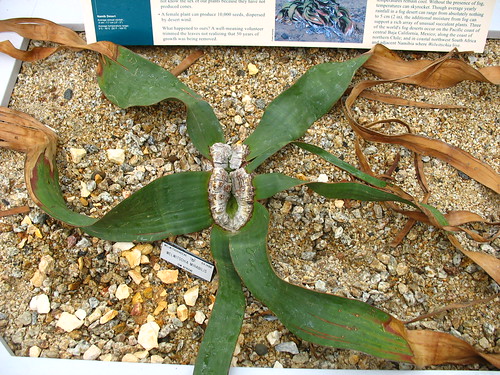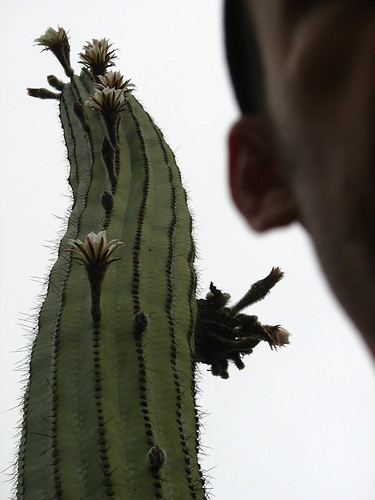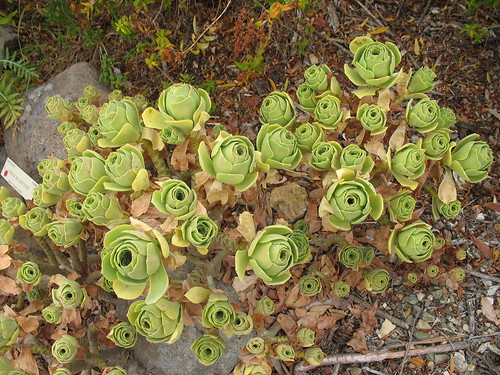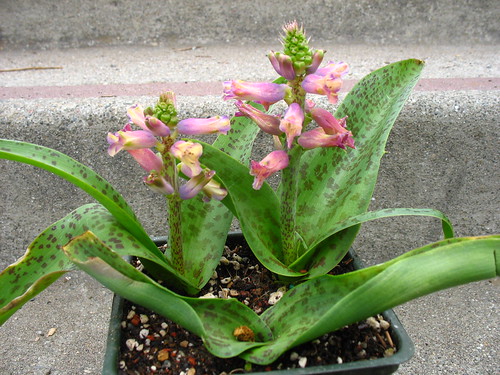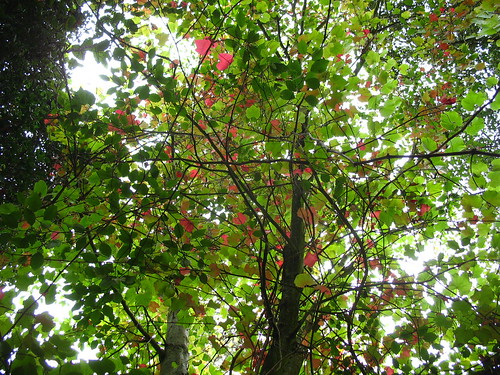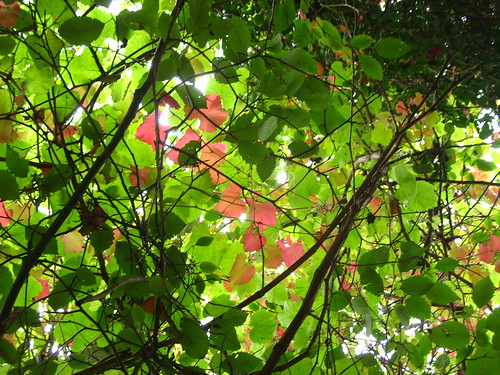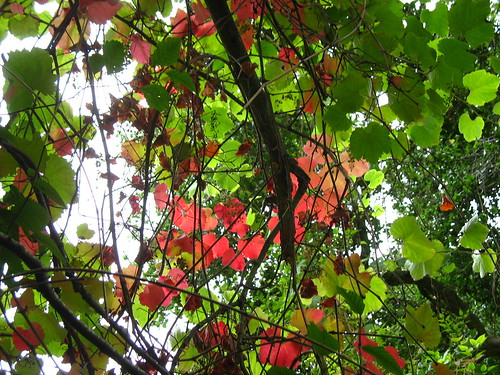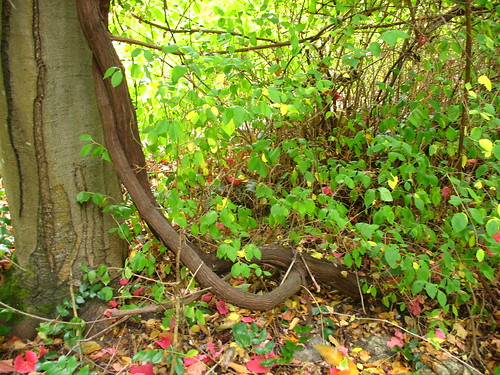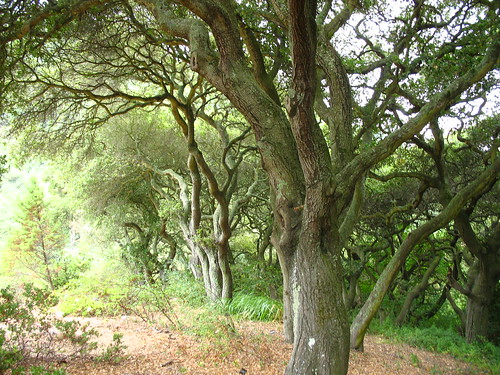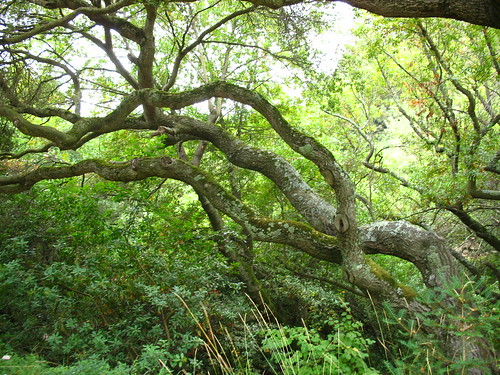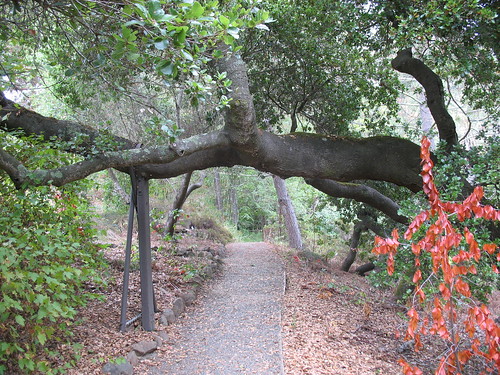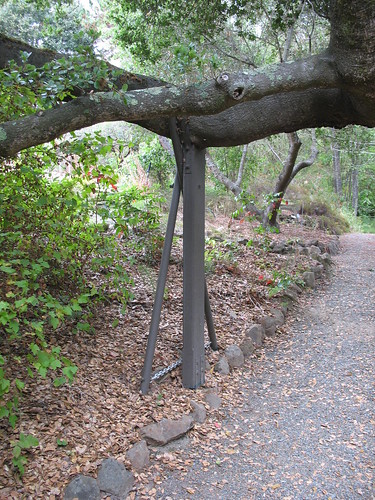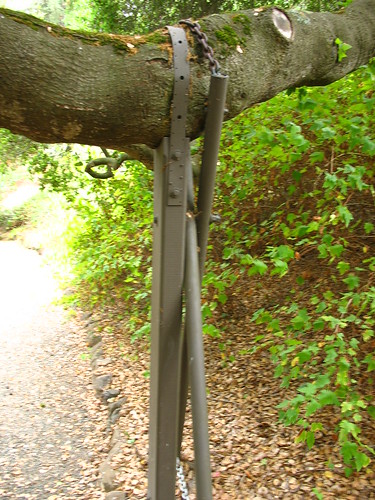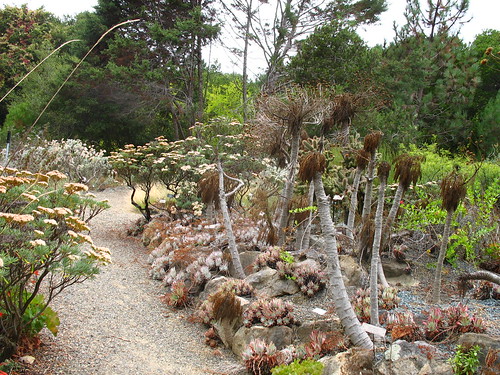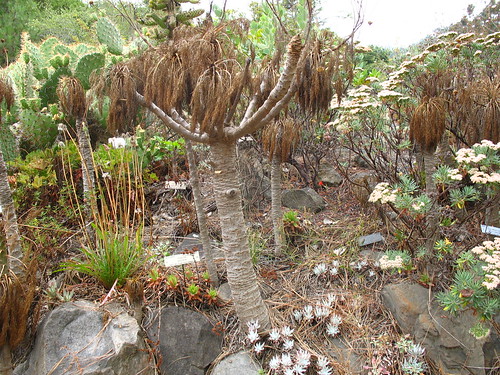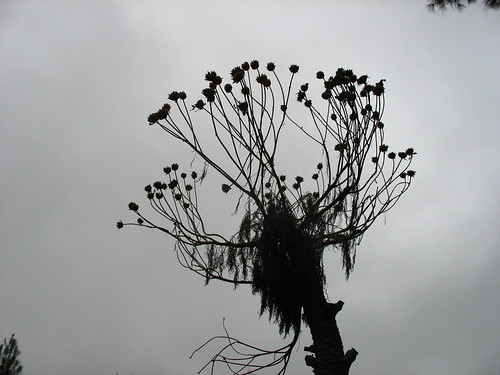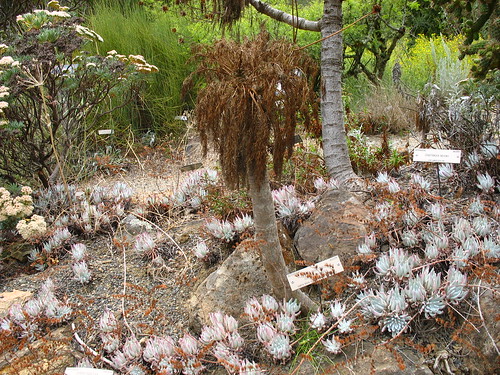Workhorse landscape plants. You see them everywhere. Some you hate; others not so much. Some you actually like. How do you decide?
Here are some plants you see everywhere in San Francisco.
Euryops pectinatus.
Hate. I think it comes from the family HomeDepotaceae.
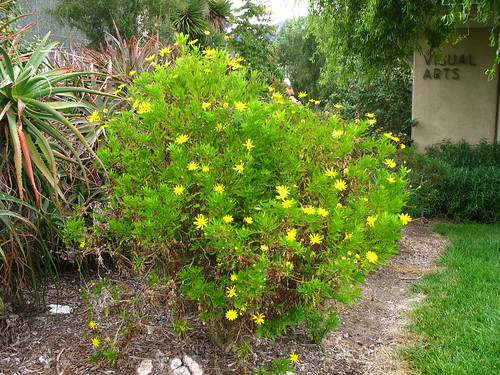
But if I gardened for a living, I would probably use this plant because it always looks good. South African plants do well in San Francisco. People who hire gardeners don't know this plant is boring.
And that aloe around it can be nice too, but it must be maintained. You wouldn't know it, but aloes develop fantastic trunk structure; limb it up and show it off. Plant an understory plant. What would you use?
Raphiolepis indica. Hate, hate, hate. This is the gas station plant
par excellence. But what would I rather see at the gas station? Any suggestions? In coastal California, why not use the native
Rhamnus californica, aka
Coffeeberry, or the hardy cultivar
Eve Case? Hell, just plant a manzanita.
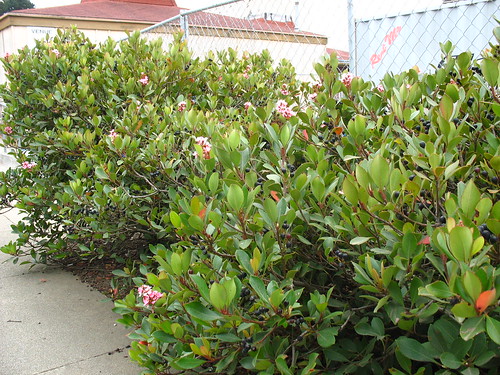
Or even some agave?
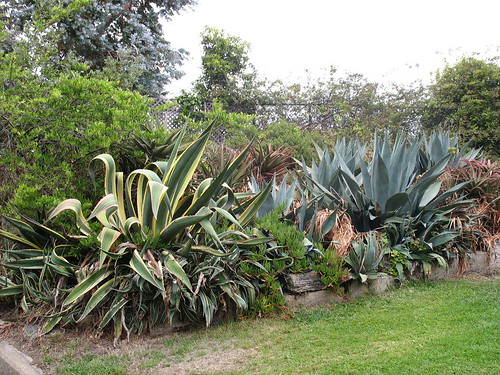
Even the dead flower is interesting.
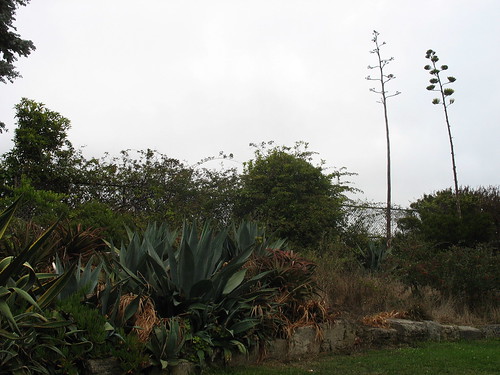
Leptospermum scoparium. New Zealand Tea Tree. I go back and forth on this one. I always like the flowers. But flowerless, it's dark and bristly. In high summer, this plant feels depressing.
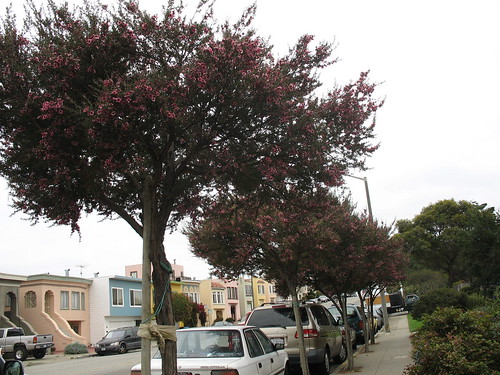
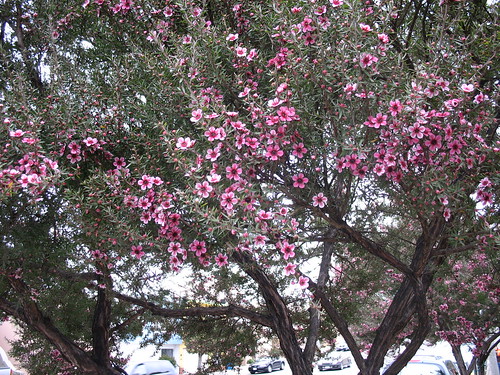
We use it as a street tree which limits its impact. It's a small tree. Wouldn't it look better at the back of the border, juxtaposed with contrasting elements? A nice bright clematis weaving through it could do the trick.
Cotoneaster lacteus.
Hate. But don't those berries look nice? We say those folded leaves are "keeled". Keeled leaves are common in the Rosaceae.
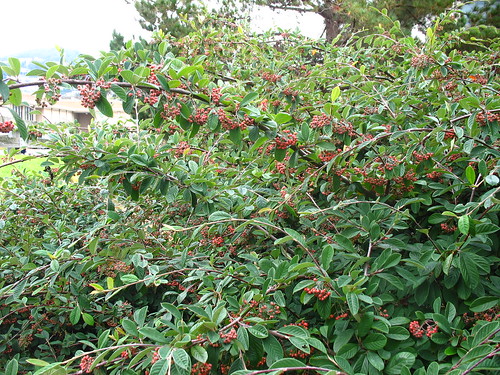
Melaleuca nesophylla. Total indifference.
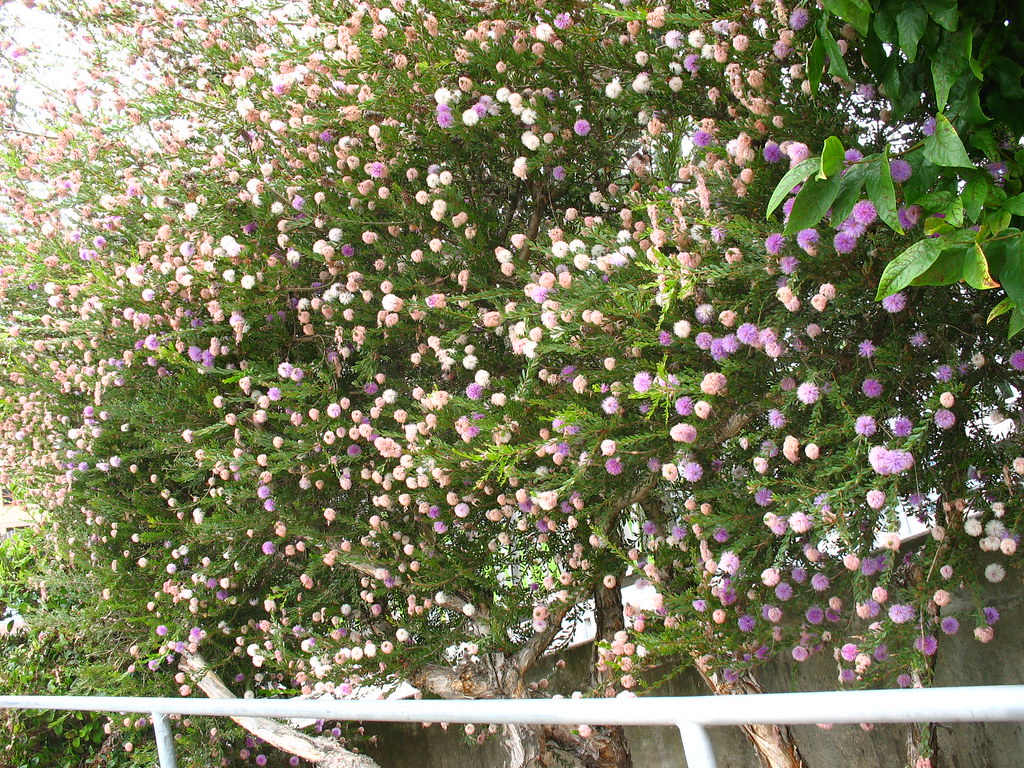
You don't often see it limbed up like this, and that's nice. Melaleucas have exfoliating paperbark--always interesting to see. And those flowers come out when most other flowers have gone and they stay on for a long time. Without the flowers, this plant is hard to notice.
Cistus skanbergii. You can't tell from the pictures, but the flowers are a nice pale pink. I like all the rockroses when in bloom, hate them when not. I have this plant in a container on my deck. I'm thinking about changing it out for something better.
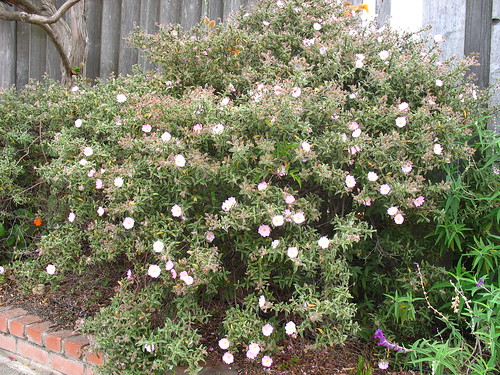
Passiflora mollis. Love.

It's an absolute monster, and must be pruned hard every year in the garden. The fruit is not so tasty and may attract rats when it falls. But those cheerful pink flowers... sigh.
What landscape workhorses do you have ambivalent relationships with?











